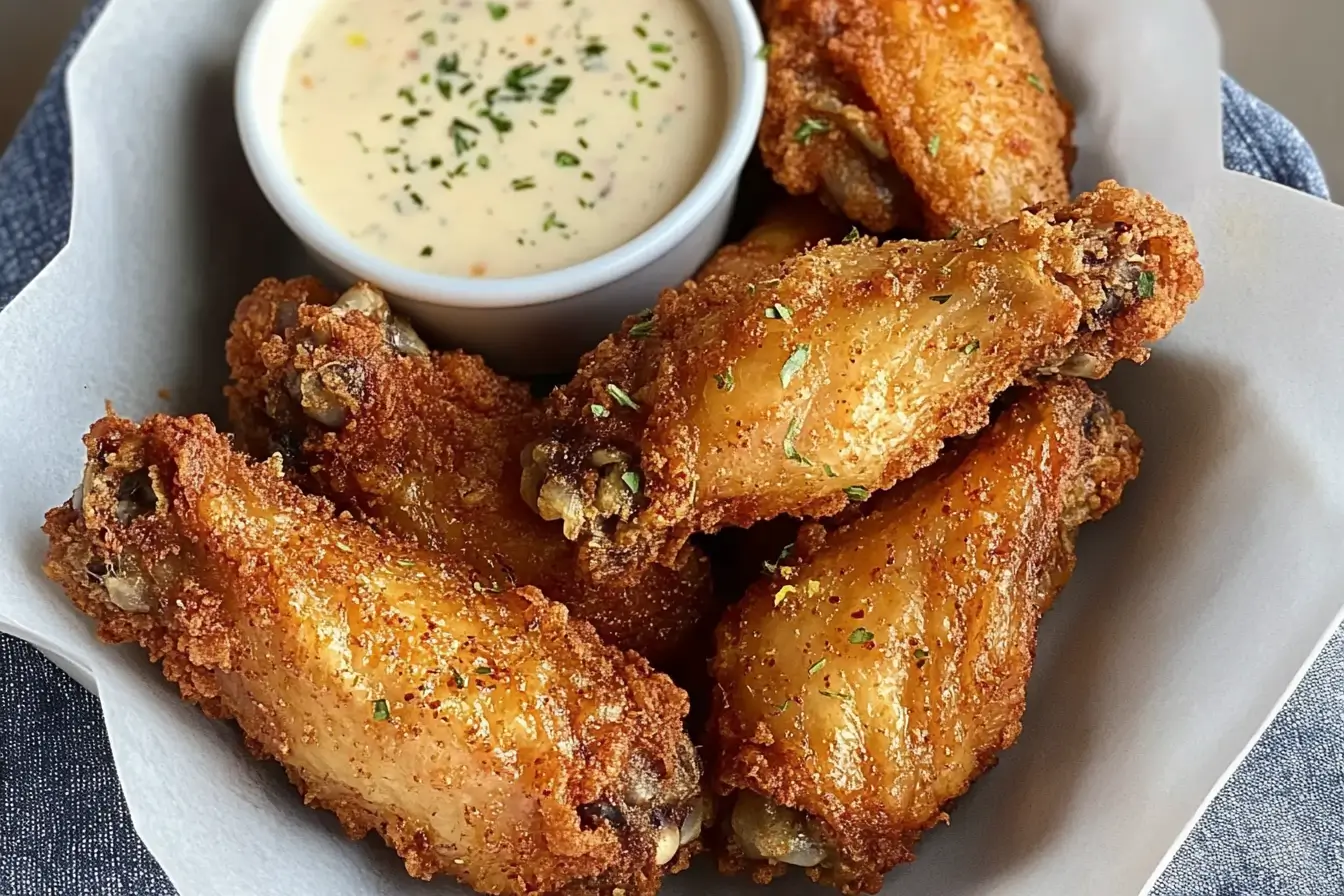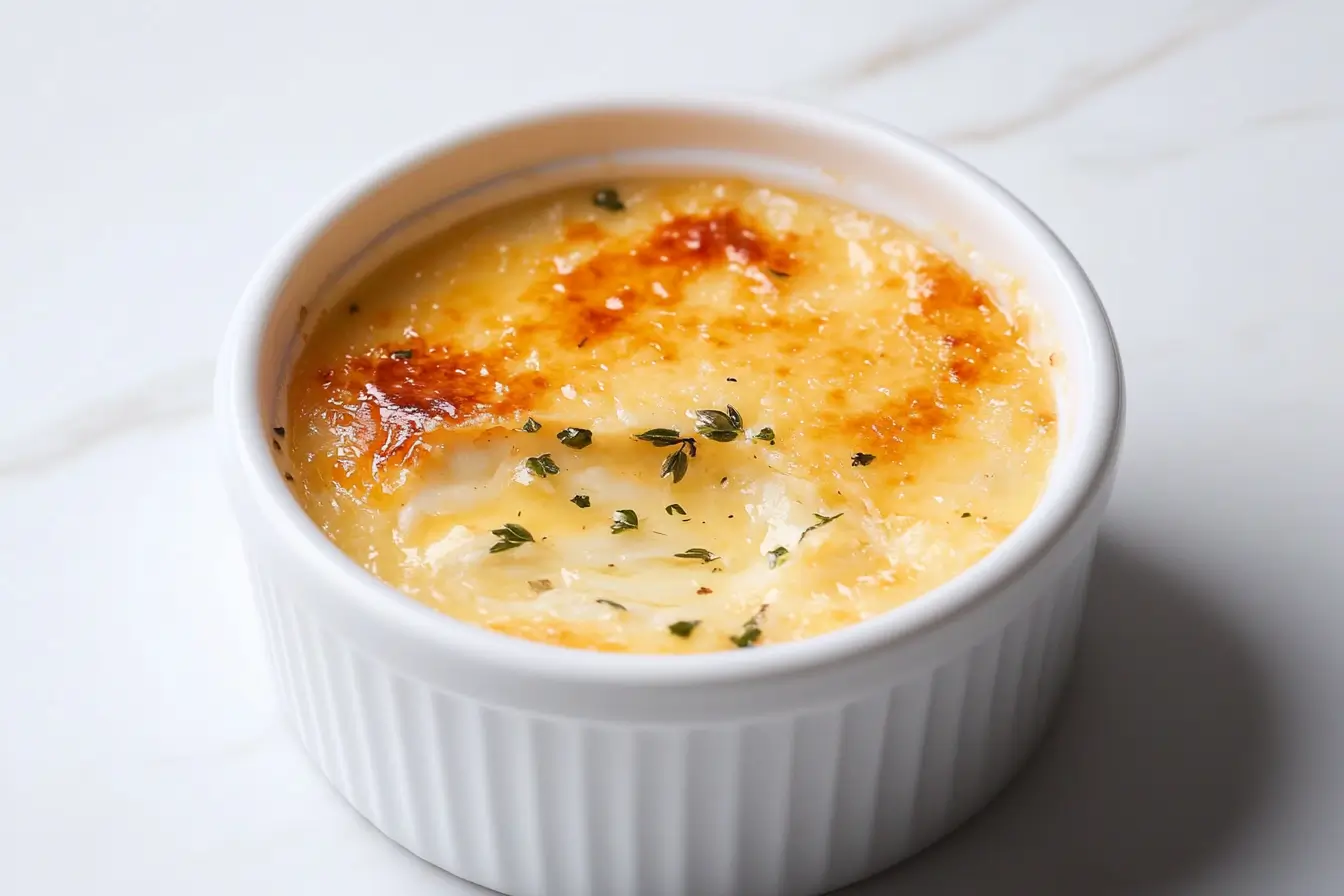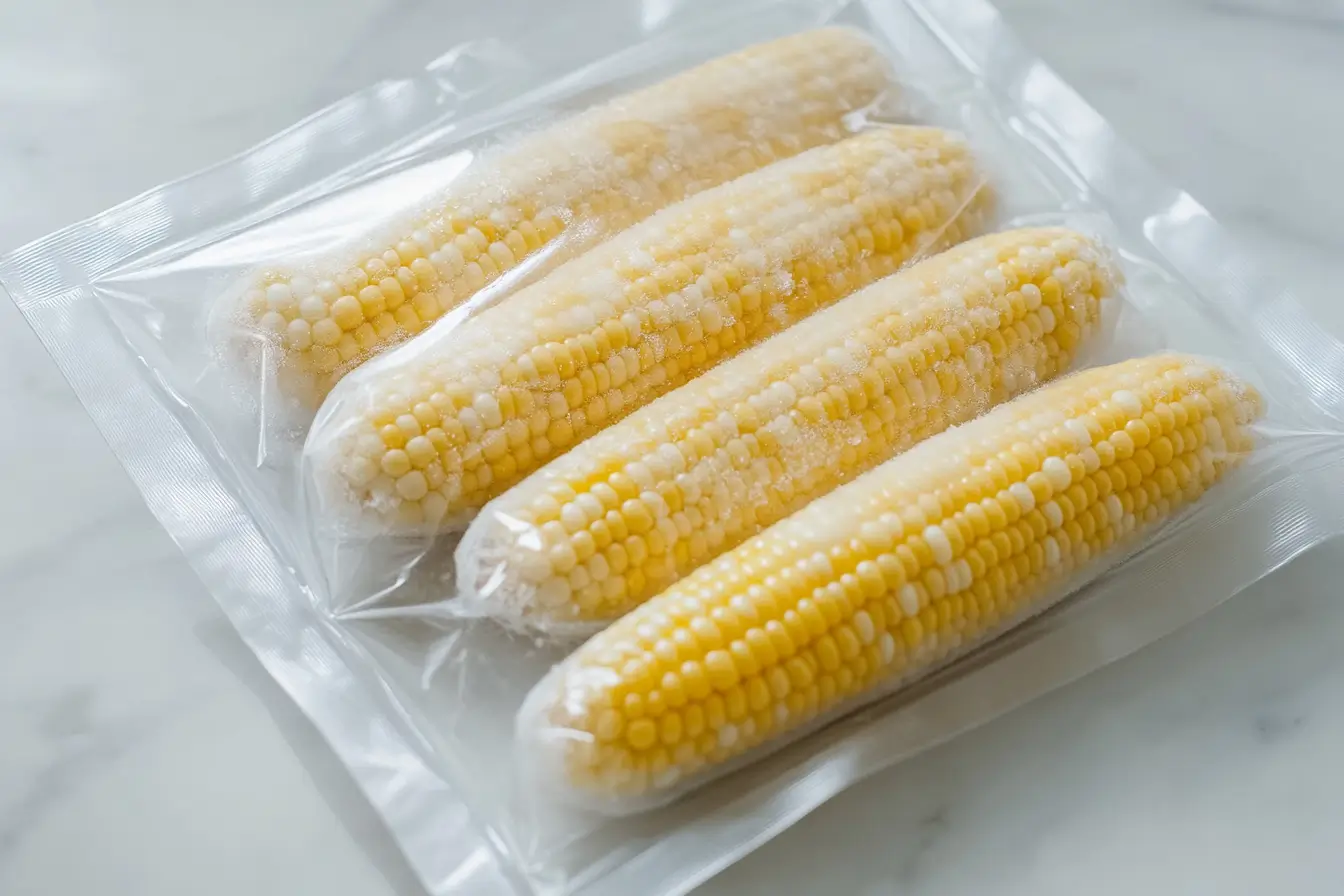The secret to flaky biscuits lies in creating delicate layers. Whether you’re making classic buttermilk biscuits or trying new recipes, knowing how to achieve that flakiness is key.
Making flaky biscuits starts with simple ingredients like flour, baking powder, salt, butter, and buttermilk. The magic happens when cold butter meets a hot oven, creating steam that separates the dough into layers.
Let’s dive into the technique behind perfect, flaky biscuits.
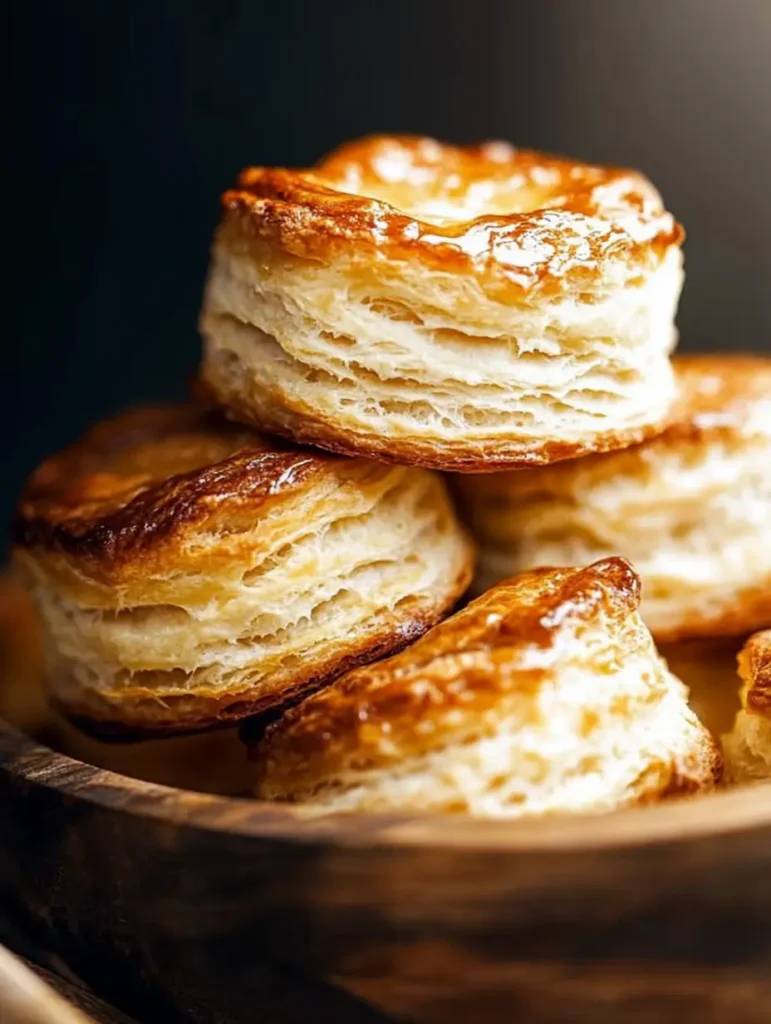
Understanding the Science Behind Perfect Flaky Layers
Making flaky dough is both art and science. It’s about knowing how ingredients work together and using the right biscuit techniques. Let’s dive into the science that makes your biscuits turn out just right.
The Role of Cold Butter
Cold butter is essential for flaky layers. When you mix it with flour, it creates small pockets. As biscuits bake, these pockets melt, releasing steam.
This steam pushes the dough apart, making those flaky layers we all love.
Steam and Layer Formation
The magic happens in the oven. When it heats up, the cold butter melts fast, releasing steam. This quick steam release is what lifts your biscuits and creates separate layers.
This step is crucial for that perfect flaky texture.
Gluten Development Control
Keeping gluten in check is vital for tender biscuits. Too much gluten makes biscuits tough. Here are some baking tips to keep your biscuits tender:
- Choose low-protein flour
- Handle the dough minimally
- Mix ingredients just until combined
You’ll make perfectly flaky, tender biscuits every time by mastering these biscuit techniques. Remember, baking is all about practice!
Essential Ingredients for Flaky Biscuits
Creating perfect flaky biscuits starts with choosing the right ingredients. Southern cooking traditions have perfected biscuit recipes over generations. Understanding these key components will elevate your baking game.
Choosing the Right Flour
For tender, flaky biscuits, use self-rising flour. It’s a staple in Southern kitchens, containing soft wheat flour, baking powder, and salt. This blend creates the perfect foundation for your biscuits.
Buttermilk’s Important Role
Buttermilk is crucial in biscuit recipes as it reacts with leavening agents, helping the biscuits rise and tenderizing the dough. Use 1 cup plus 2 tablespoons of full-fat buttermilk for the best results.
Quality Butter Selection
Cold butter is key to achieving flaky layers. Use 1 stick of very cold unsalted butter. When it melts in the hot oven, it creates steam pockets, resulting in that coveted flaky texture.
Leavening Agents
For the perfect rise, use 1 tablespoon of baking powder and 1/4 teaspoon of baking soda. These work together with the buttermilk to create light, fluffy biscuits.
Remember, the magic of Southern biscuits lies in the details. Use these ingredients, follow your recipe closely, and you’ll be serving up delicious, flaky biscuits in no time.
Tools and Equipment You’ll Need
Having the right tools is essential for making perfect flaky biscuits. Start with durable mixing bowls for combining ingredients, and have a stainless steel biscuit cutter for shaping.
A heavy-gauge metal baking sheet is key for even baking. Line it with parchment paper to prevent sticking. You’ll also need accurate measuring tools, such as measuring spoons and liquid measuring cups.
Other helpful tools include:
- Rolling pin for shaping dough
- Pastry blender for mixing butter into flour
- Thin metal-blade spatula for lifting biscuits
With these tools, you’ll be set to create delicious, flaky biscuits every time.
The Art of Proper Measuring
Mastering precise measurements is key to creating perfect biscuits. Baking tips often emphasize the importance of accuracy in the kitchen. Let’s explore some techniques to enhance your baking skills.
Weight vs. Volume Measurements
Using weight measurements offers greater precision, especially for flour. A kitchen scale ensures you use the exact amount needed. For instance, all-purpose flour should weigh about 120 grams per cup. This method helps maintain consistency across batches.
Flour Measuring Technique
When using volume measurements, proper technique matters. Spoon flour into the measuring cup, then level it off with a straight edge. Avoid scooping directly from the package, as this can compact the flour, leading to excess. For most biscuit recipes, all-purpose flour works best.
Temperature Considerations
Room temperature affects ingredient behavior. Cold dairy products yield better results by maintaining fat structure. The ideal liquid-to-dry ingredient ratio is about 1 part liquid to 3 parts flour by volume. Adjust this slightly based on humidity levels in your kitchen.
- Use cold butter, cut into small pieces
- Measure 1/4 to 1/2 teaspoon salt per cup of flour
- Add 1-2 tablespoons of sugar per batch for browning
Remember, overmixing can lead to tough biscuits. Mix gently until ingredients just come together. With these baking tips and precise measurements, you’ll be on your way to creating delicious, flaky biscuits every time.
Mastering the Layering Technique
Creating flaky layers in biscuits needs skill and precision. The secret is in the folding and stacking. This builds visible layers for a light, airy texture.
Folding Methods
Begin by patting your dough into a rectangle. Cut it into sections, then stack them. Repeat this several times. Each fold helps create those flaky layers.
Stacking Process
After folding, gently press the dough down. Cut it again and stack the pieces. This stacking is key for multiple layers in your biscuits. It’s a technique that professional bakers love.
Dough Thickness Control
Keep the dough thickness at 3/4 to 1 inch. This ensures even baking and flaky layers. Be careful not to overwork the dough, as it can make biscuits tough.
Remember, practice makes perfect. Joanna Gaines spent a year perfecting her biscuit recipe. She added eggs and baked biscuits close together for extra moisture and lightness. With patience and these techniques, you’ll soon make biscuits with beautiful, flaky layers.
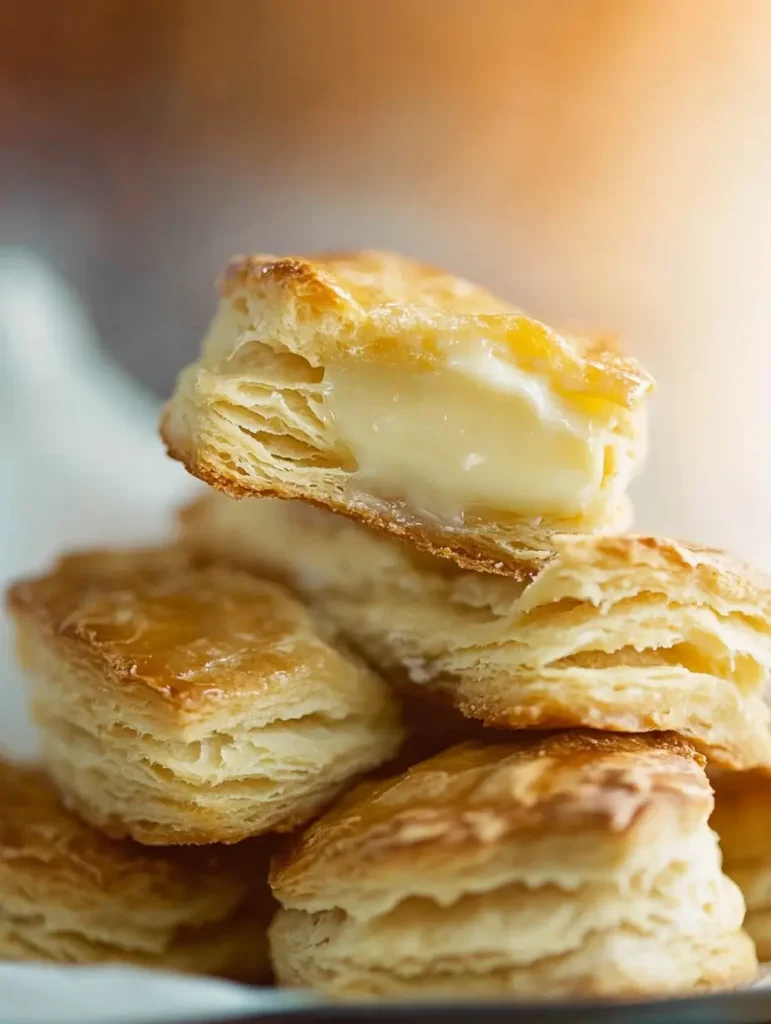
Common Mistakes to Avoid
Baking perfect biscuits needs careful attention. Many home bakers face common problems that can mess up their biscuits. Here are some tips to help you fix these issues.
Never use warm ingredients. Cold butter is key for flaky layers. Overworking the dough makes it tough and chewy. So, handle the dough gently and only when necessary.
When shaping biscuits, don’t twist the cutter. This can seal the edges and stop them from rising right. Instead, press down straight and lift up straight. Also, using old leavening agents is a mistake. Check your baking powder’s expiration date – old powder can make biscuits flat and dense.
- Don’t skip freezing the dough before baking
- Avoid using excess flour when rolling out the dough
- Space biscuits at least two inches apart on the baking sheet
- Use real buttermilk for best flavor and texture
Fixing baking problems often comes down to small details. By avoiding these mistakes, you’ll make perfectly flaky, delicious biscuits every time.
Baking Temperature and Timing
Getting the baking temperature and timing right is key to perfect biscuits. The ideal oven temperature for baking flaky biscuits is 425°F. This high heat helps create steam quickly, leading to those coveted layers.
Oven Preheating Tips
Preheat your oven for at least 10 minutes after it signals it’s ready. This ensures the oven is truly hot enough. A properly preheated oven is crucial for achieving golden-brown tops and fully cooked centers.
Optimal Rack Position
Place your baking sheet on the middle rack. This position allows for even heat distribution, resulting in uniform baking. Avoid the top or bottom racks, which can lead to over-browning or undercooking.
Visual Doneness Cues
Bake your biscuits for 12 to 15 minutes. Look for a golden-brown color on top as a sign of doneness. You might notice slight separation of the layers, which is a good indicator of flakiness. For extra flavor and shine, brush the tops with melted butter right after baking.
- Bake at 425°F for 12-15 minutes
- Look for golden-brown tops
- Check for slight layer separation
- Brush with melted butter after baking
Keep an eye on your biscuits, as oven temperatures may vary. With these tips, you’ll master the art of flaky biscuits.
Storage and Reheating Methods
Keeping your biscuits fresh is important. We’ll look at the best ways to store and reheat them. This way, you can enjoy them even after they’ve cooled down.
Fresh Storage Guidelines
Store your biscuits in an airtight container at room temperature for up to 3 days. If you want to keep them longer, put them in the fridge for up to 3 days. This keeps their taste and texture just right.
Freezing Instructions
Freezing is a good choice for keeping biscuits for a long time. For unbaked biscuits, freeze cut dough on a baking sheet for at least an hour. Then, move them to a freezer bag. Baked biscuits can be frozen for up to 3 months.
Reheating Techniques
Reheating biscuits can be a bit tricky. But, the oven method works best. Preheat your oven to 350°F. Reheat biscuits for 6-8 minutes covered, then for 4-6 minutes uncovered to crisp them up.
- Oven: 350°F for 8-10 minutes
- Skillet + Oven: 2-4 minutes on skillet, 6-8 minutes in oven
- Air Fryer: Quick, but may dry out biscuits
- Microwave: Fast, but results in soft, rubbery texture
For a tasty twist, cut leftover biscuits in half and butter them. Heat them on a griddle or cast-iron skillet until they’re golden. This is great for making egg sandwiches.
Variations and Flavor Enhancements
Biscuit recipes offer endless possibilities for flavor. Adding ingredients like grated cheese, fresh herbs, or spices can elevate a simple biscuit.
Some tasty ideas include:
- Cheddar and chive biscuits
- Garlic and herb biscuits
- Pimento cheese biscuits
For different textures and flavors, try using whole wheat flour or cornmeal. For a Southern touch, use Crisco instead of butter for moist, flaky biscuits.
To make perfect biscuits, use soft wheat flour for tenderness, keep the butter cold, and avoid overworking the dough. This will give you the light and fluffy biscuits everyone loves.
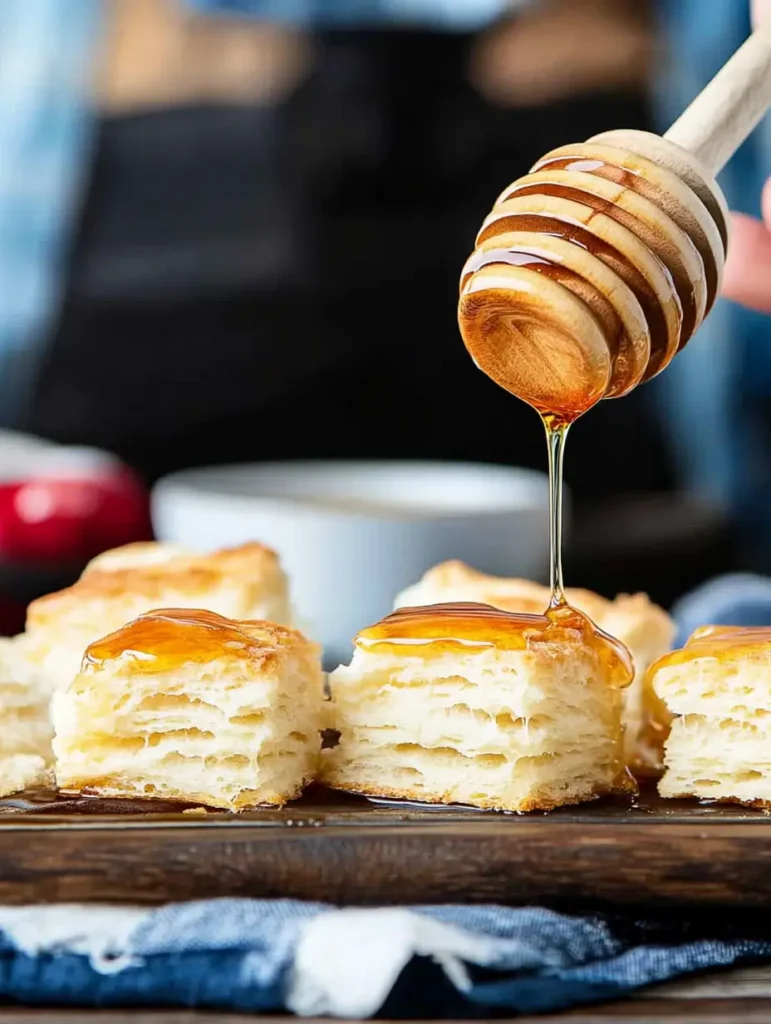
Conclusion
Making perfect homemade biscuits requires the right techniques and quality ingredients. Cold ingredients and gentle handling are key to achieving flaky layers. A hot baking sheet ensures the biscuits bake to crispy perfection.
To elevate your biscuits, try adding cheese or herbs or using high-quality flour like White Lily for a taller rise. The toothpick trick can help with even baking, ensuring your scones come out perfectly.
With practice and these tips, you’ll soon be making biscuits that rival any Southern grandma’s recipe and will be a hit every time.
FAQ
Flaky biscuits come from cold butter and the right layering. When the butter melts in the oven, it creates steam. This steam makes the dough layers. The dough’s folding and stacking also add to the flakiness.
Use soft winter wheat flour like White Lily for Southern biscuits. It’s low in protein and helps keep the biscuits tender.
For visible layers, use the layering technique. First, pat the dough into a rectangle. Then, cut it into sections and stack them. Repeat this process to create flaky layers in your biscuits.
Use cold butter and avoid overworking the dough. These two steps are crucial for flaky and tender scones.
Add flavor with grated cheese, herbs, or spices. Try cheddar and chive, garlic and herb, or pimento cheese biscuits. Use different flours for unique tastes and textures.

